Photo Tour: Inside NASA's Johnson Space Center
Johnson Space Center from the Air

Opened in 1961, NASA's Johnson Space Center (originally called the Manned Spacecraft Center) was the main hub for the Gemini and Apollo programs. Today it serves as the American base of operations for the International Space Station. Let's take a step inside ...
Apollo Mission Control
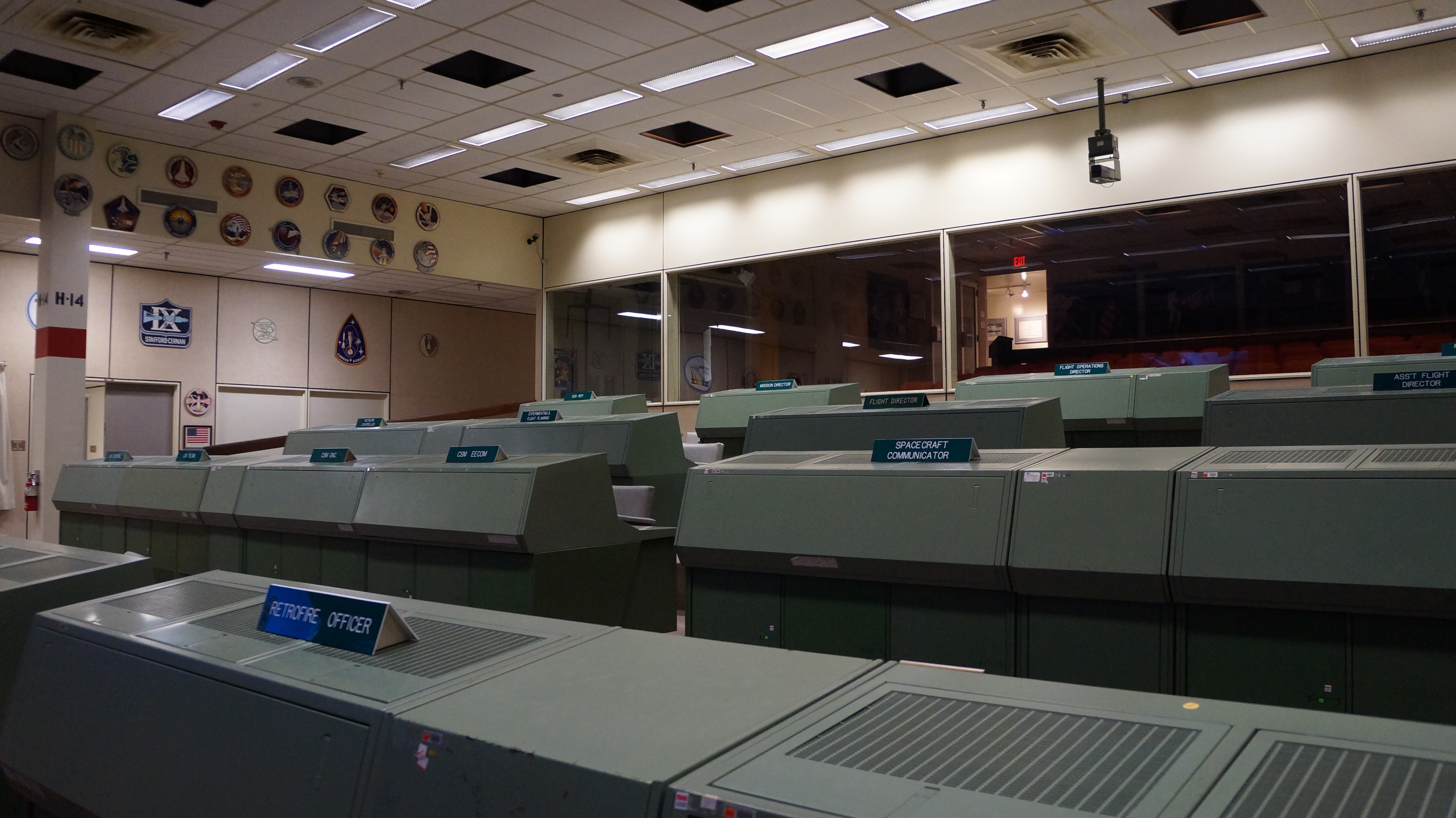
This room at Johnson Space Center was the base of operations for the Apollo and Gemini missions. Each badge on the wall represents a different mission directed from the room. It has been designated a National Historic Landmark, preserved in its current form since 1985.
Mission Control Building, Lobby
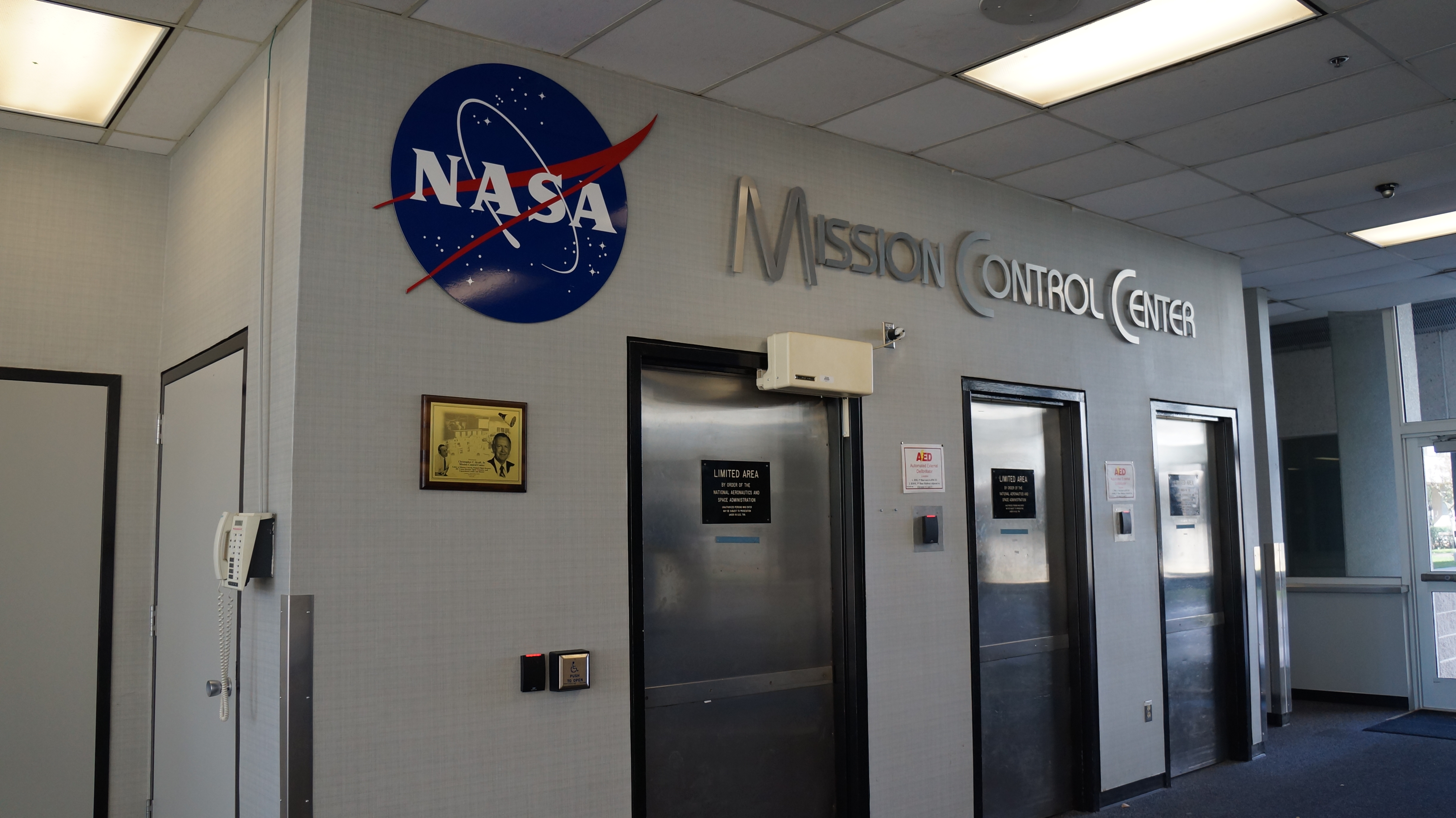
All of NASA's manned spaceflight programs have been directed out of this building in Houston, Texas.
International Space Station Mission Control
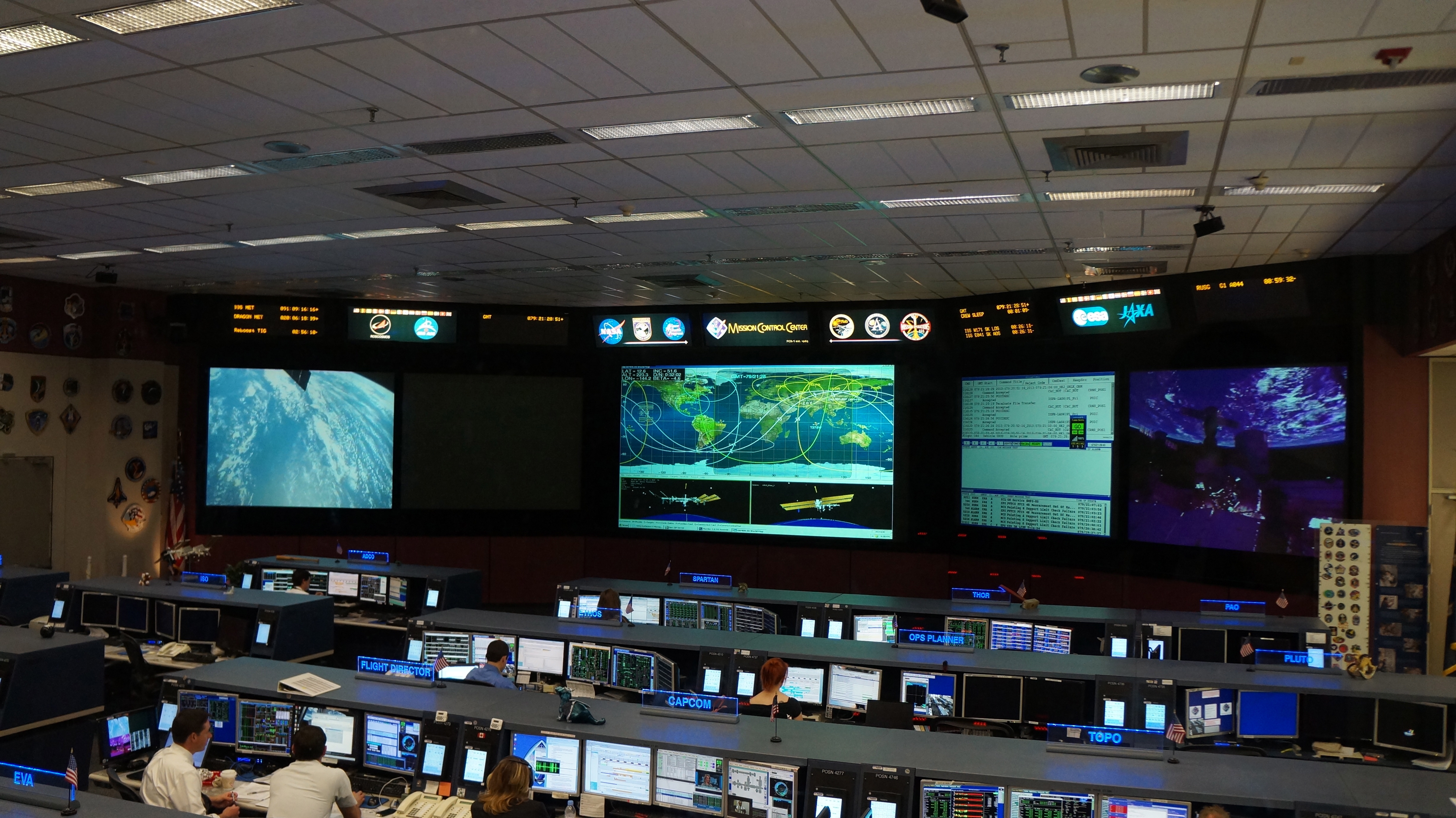
This crew of Mission Controllers directs operations and communications on board the International Space Station from the ground in Houston. They give the residents of the station instructions and help them throughout their day.
Rover Simulation on Unidentified Planetary Body
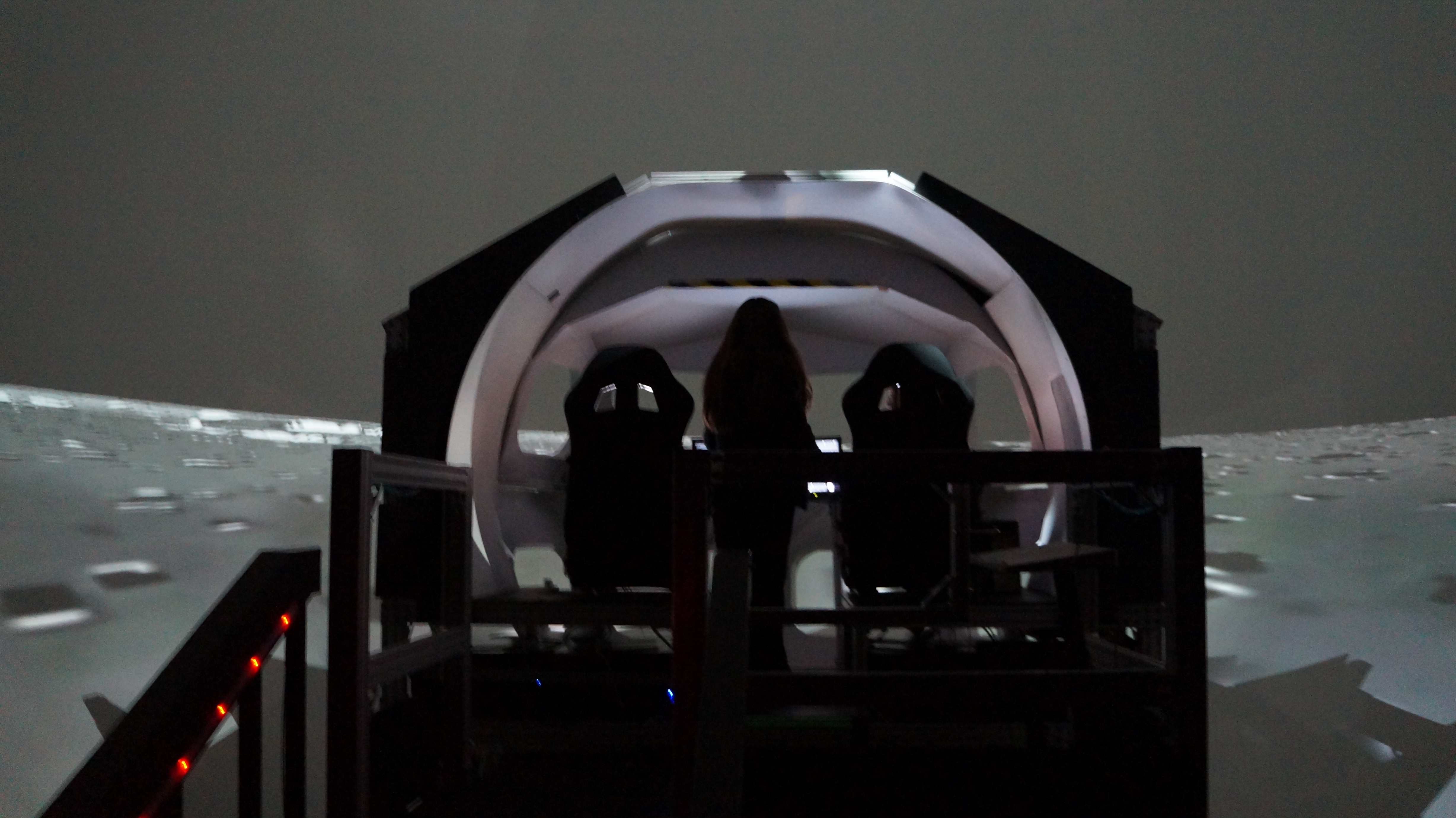
It could be the moon, or a large asteroid, but engineers from Johnson Space Center have created this full-scale simulation of all-terrain vehicle on the surface of a cosmic body. The simulation is realistic. Getting stuck inside craters is a major feature of the mockup.
Docking Orion to the International Space Station
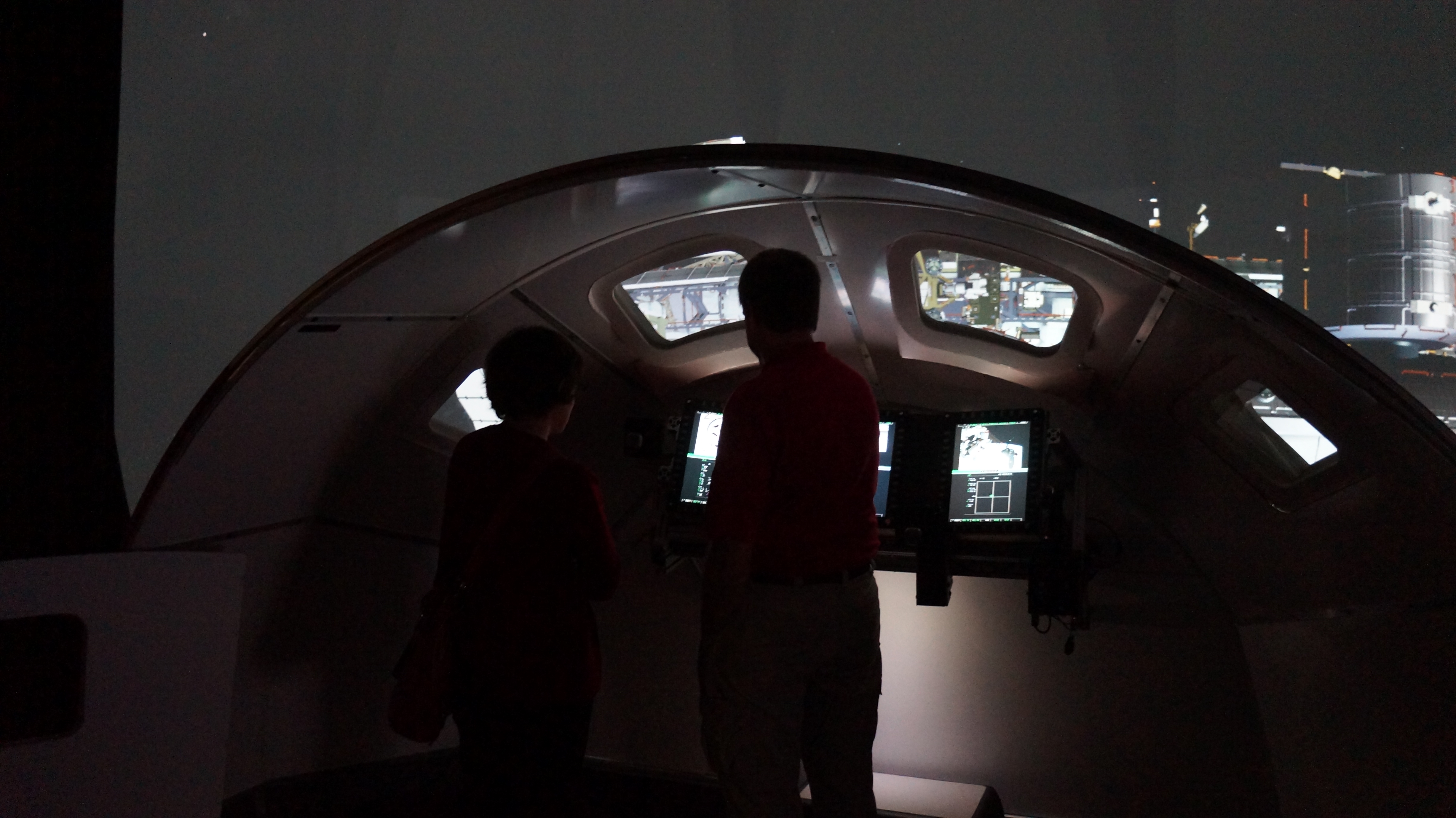
The Space Mission Simulation Facility allows astronauts working at Johnson Space Center in Houston, Texas to practice on true-to-life simulations of real missions that are currently being flown or could fly in the future. This mockup of the Orion Space Capsule — the next NASA spacecraft that is scheduled to fly people into space — is only one of the many simulations housed in the facility.
Video Wall in the Space Mission Simulation Facility
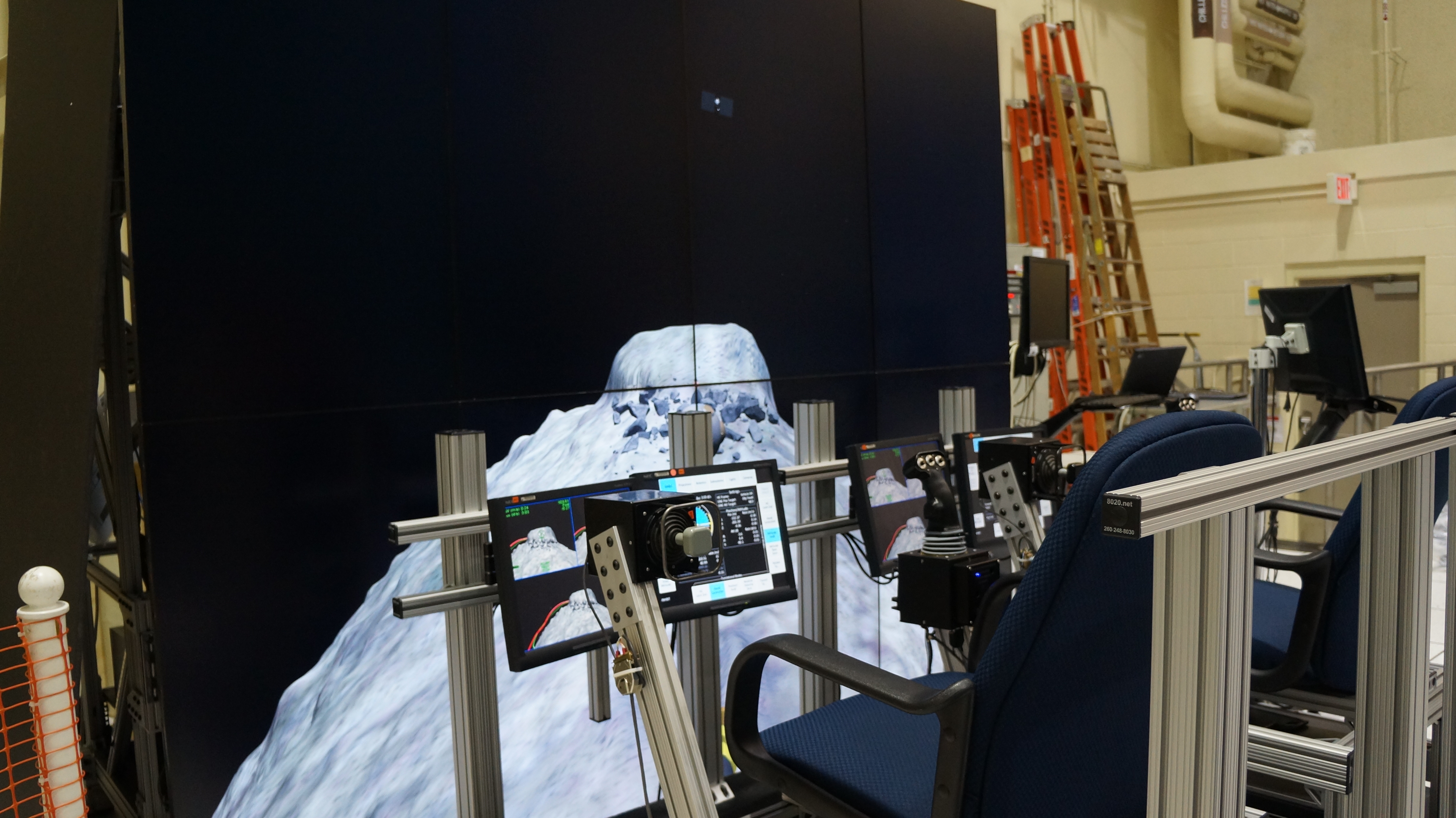
This set of video monitors allows astronauts using the facility at Johnson Space Center to experience what driving on the surface of an asteroid could be like. Engineers at the center used their knowledge of a space rock's composition to develop the tool. The "mother ship" that would tether the astronauts can be seen on the right.
Get the Space.com Newsletter
Breaking space news, the latest updates on rocket launches, skywatching events and more!
Grappling the Dragon, Simulation
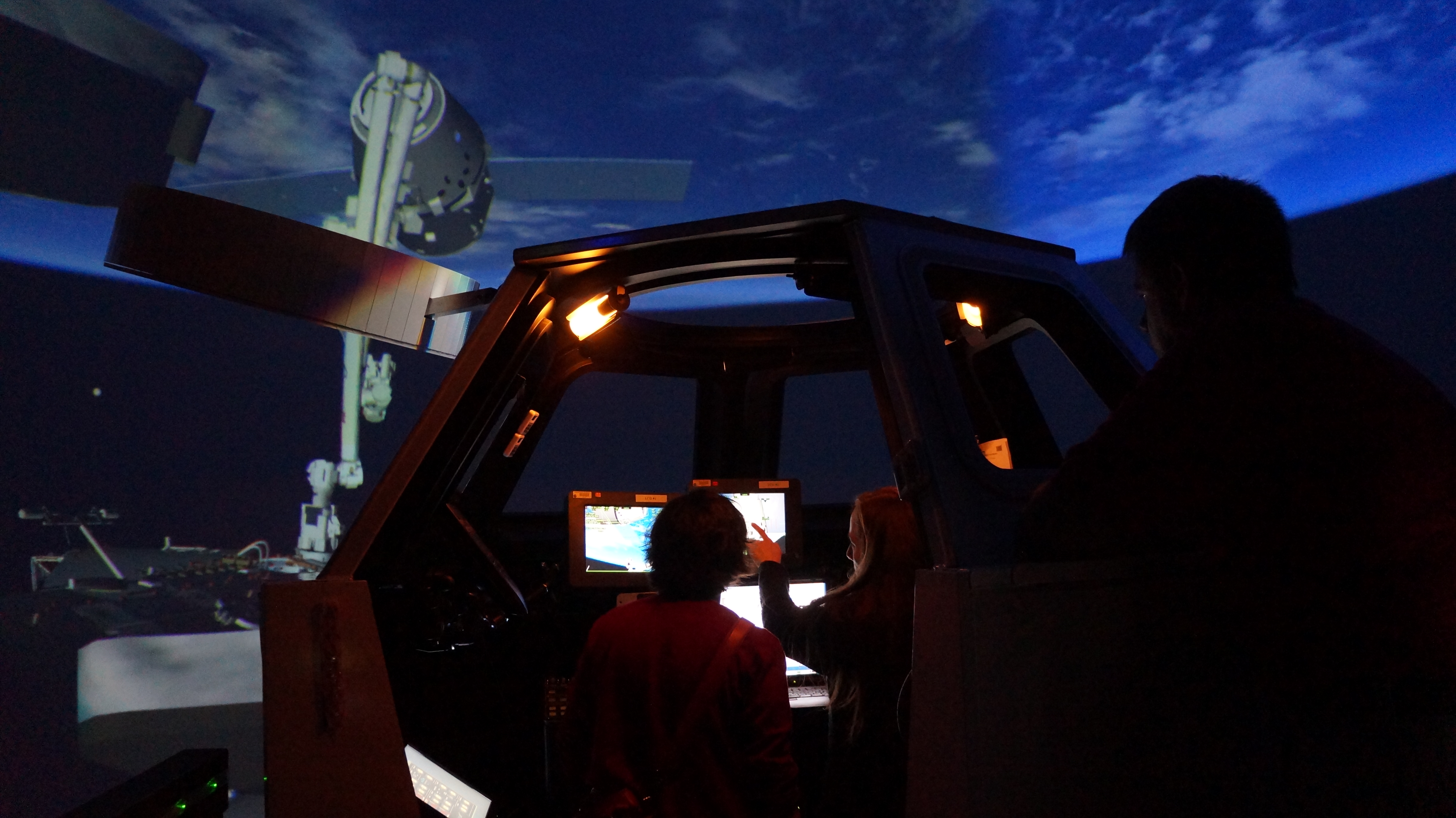
Astronauts on board the International Space Station recently docked SpaceX's Dragon capsule to the orbiting laboratory. Before they did it in real life, however, they practiced in this life-size mockup of the cupola at Johnson Space Center. Officials at Johnson estimate that the astronauts spent more than 30 hours preparing with the simulation.
International Space Station Mockup in Neutral Buoyancy Lab
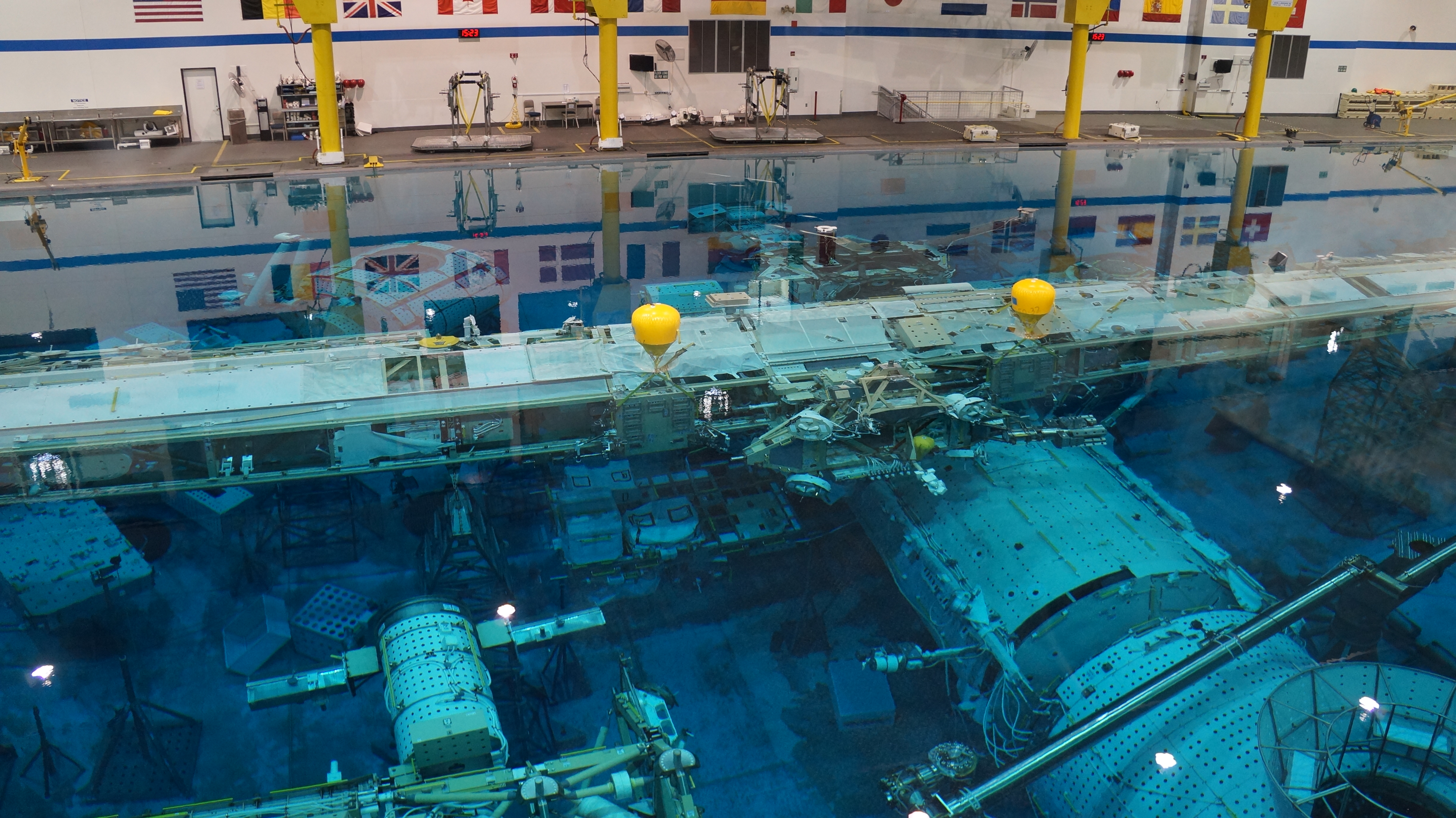
A true-to-life model of the International Space Station currently sits at the bottom of a pool at NASA's Johnson Space Center. Every morning, two astronauts train in the pool for up to six hours at a time wearing their spacesuits and practicing simulated space walks. When NASA's space shuttle program was still in operation, a full-scale model of a shuttle was used in the pool.
Scuba Diving Gear at NASA's Neutral Buoyancy Lab
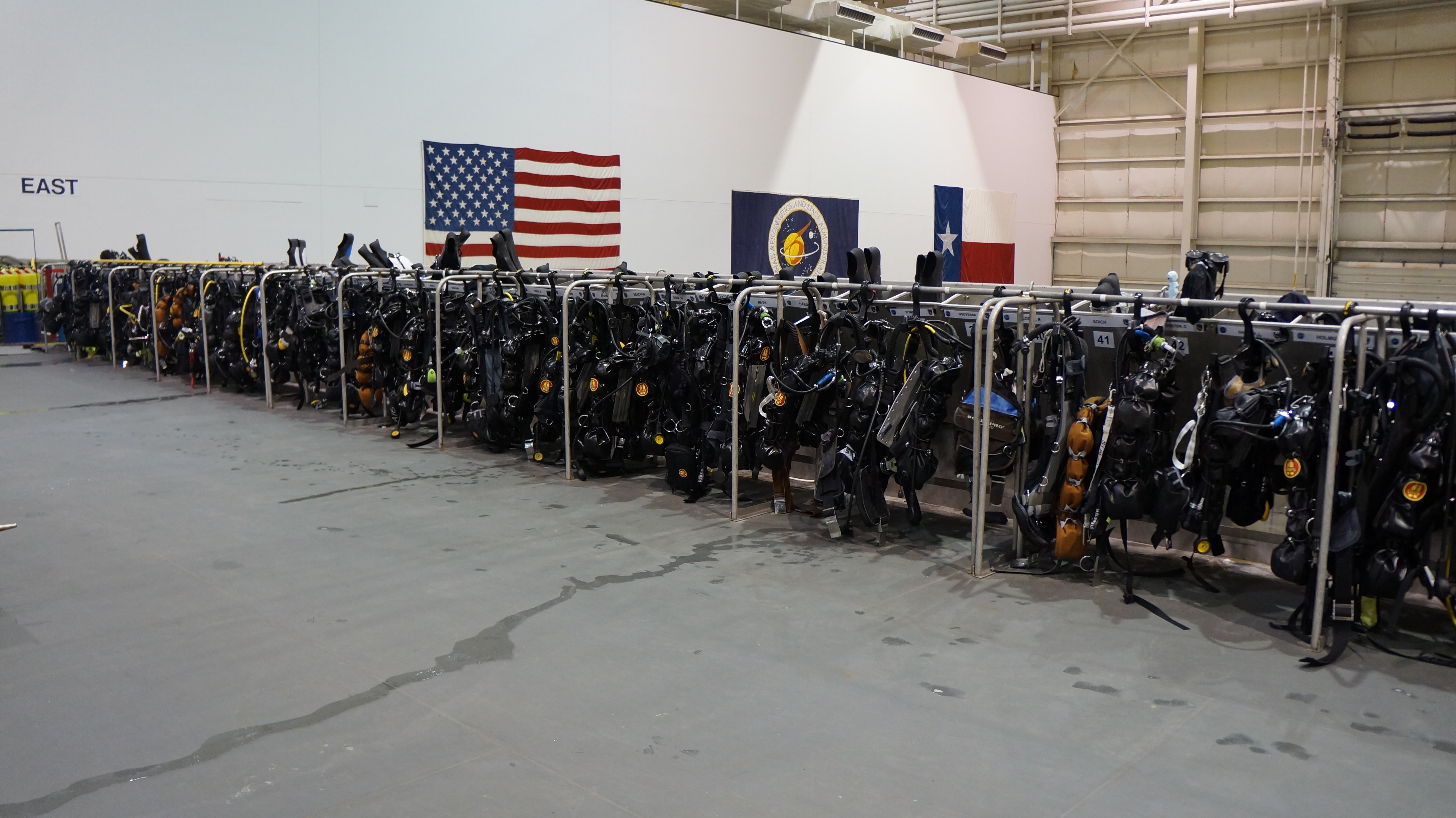
Four scuba divers are required to be in the pool for every one astronaut. They work in two-hour shifts, allowing the divers to get some rest while others keep fresh eyes on the training astronauts.
Johnson Space Center's Building 9
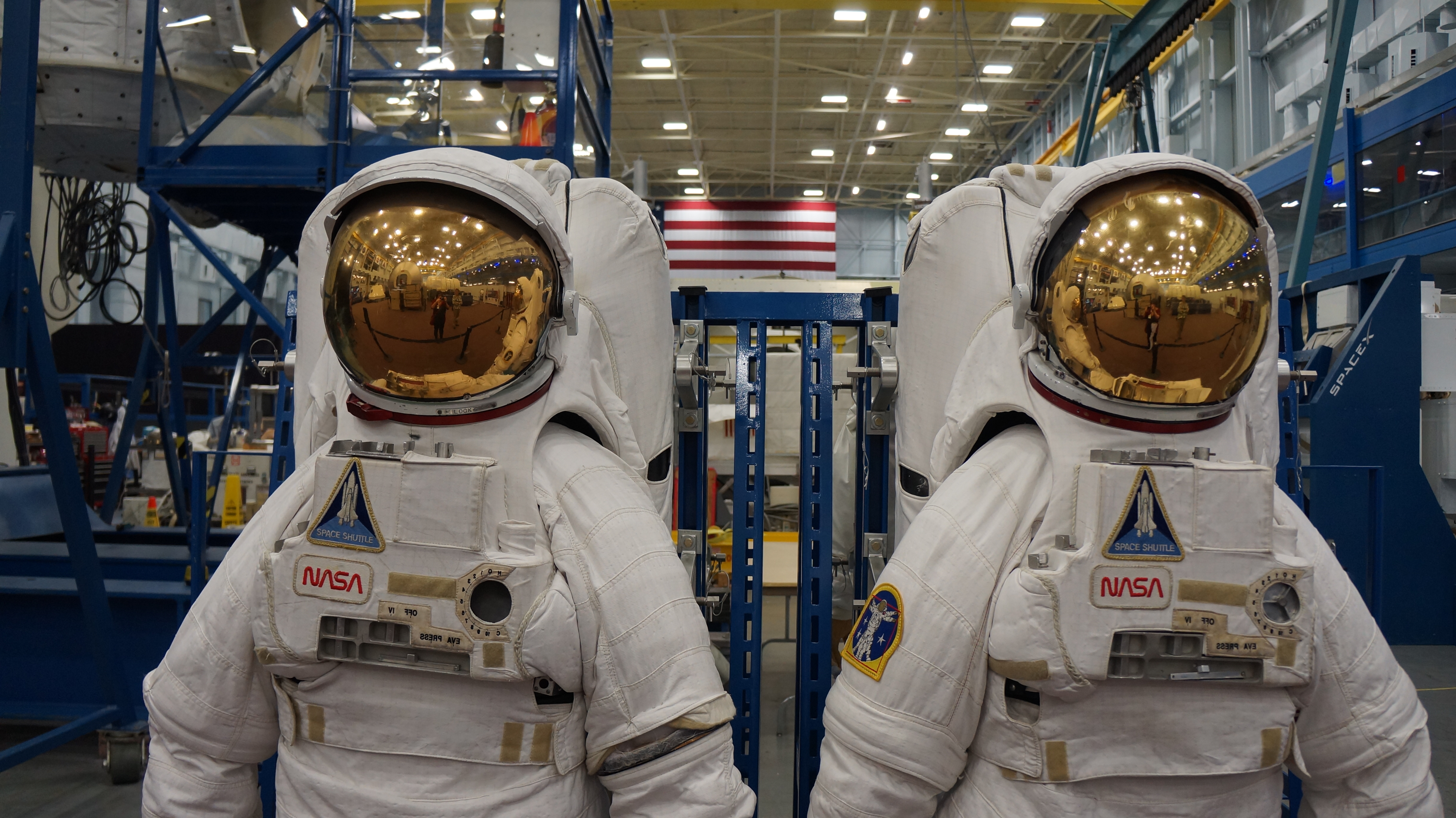
Astronauts train on life-size models of spacecraft in this enormous building on the Houston, Texas campus. The once-and-future spaceflyers run drills in case of fire or other accidents when on board.
Join our Space Forums to keep talking space on the latest missions, night sky and more! And if you have a news tip, correction or comment, let us know at: community@space.com.

Miriam Kramer joined Space.com as a Staff Writer in December 2012. Since then, she has floated in weightlessness on a zero-gravity flight, felt the pull of 4-Gs in a trainer aircraft and watched rockets soar into space from Florida and Virginia. She also served as Space.com's lead space entertainment reporter, and enjoys all aspects of space news, astronomy and commercial spaceflight. Miriam has also presented space stories during live interviews with Fox News and other TV and radio outlets. She originally hails from Knoxville, Tennessee where she and her family would take trips to dark spots on the outskirts of town to watch meteor showers every year. She loves to travel and one day hopes to see the northern lights in person. Miriam is currently a space reporter with Axios, writing the Axios Space newsletter. You can follow Miriam on Twitter.









